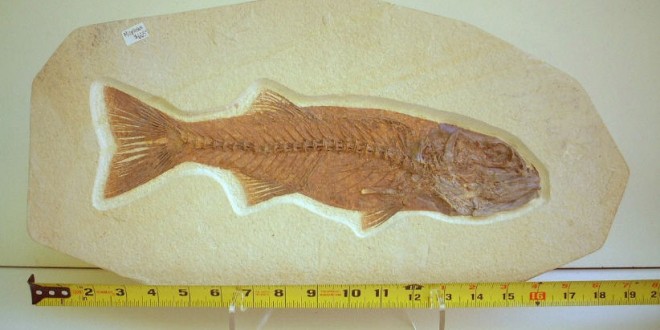When you have found a fossil, wanting to keep it is only natural, but there are some things you should know. Laws may vary from place to place. If you have questions about the specific laws of an area, it is best to contact the authorities of that area and ask. It is generally true that hobbyists can manually dig for fossils on privately owned land if you have permission of the land owner or the lessee in the case of land leased by the crown. Hobbyists can also dig on public lands if they are not specifically restricted.
Be mindful of the amount of fossils you take from any site. Depleting a site of all of its fossils is not a polite thing to do. You should leave some fossils behind for the next person to see and enjoy. Over-collecting from any one fossil site may make it harder for you to get permission to dig there in the future.
Using large equipment on crown land puts your fossil hunt in the category of mining, which gives you another set of restrictions. For most hobbyists, this will never be an issue, but keep this in mind. If you happen to find a fossil while you are using heavy equipment to dig a swimming pool in your backyard, that is an entirely different matter.
After you collect your fossil, you can sell it but only as a hobbyist and only within Australia. Museums are often happy to by fossils that are scientifically significant. If you want to sell to a museum, make sure you know where you collected your fossil and when you found it. Special permits are required for exporting fossils. This is because fossils are part of Australian national heritage and they should remain in Australia.
Fossil collecting can be a fun hobby, but collectors need to know that there are laws in place that are meant to protect Australia’s national heritage. Before you do any digging, make sure that the land is not restricted and you have any permissions you might need to hunt fossils. If in doubt, use your camera instead.
 iShack.com is home to a diverse range of articles ranging from business, family to vehicles and life hacks.
iShack.com is home to a diverse range of articles ranging from business, family to vehicles and life hacks.

